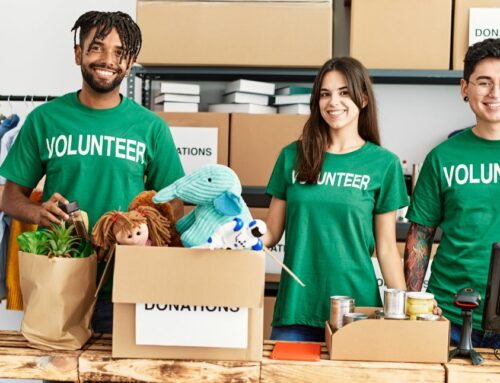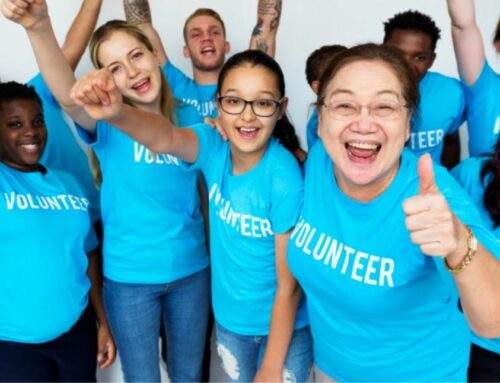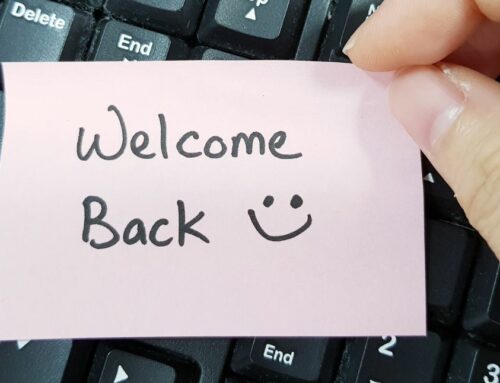
How to Mobilize Communities: Top Lessons from the Women’s March
If you followed the meteoric response to the Women’s March on Washington, you can’t help but admire this tremendous feat of community organizing, resulting in the largest march in US history.
Nonprofits, activists, and leaders of volunteers can learn a lot about how to mobilize communities from how the march organizers planned and implemented their event from the start to finish.
The march attracted at a low estimate 3.3 to 4.6 million participants across the US, but likely more when you include marches and around the world. If you doubt the power of protest as a tactic, check out this New York Times article about the history of marches in the US and this Time article about the most influential protests in history. For a more nuanced view about the possible outcomes of nonviolent protest, combined with other political action, check out this Bustle post, this Quora post, and this book on social movements and globalization.
The Path From Motivation to Participation
Research tells us something about why certain engagement efforts work better than others. The UK Pathways Through Participation research study outlined four requirements for participating in civic life (volunteering, voting, activism, helping a neighbor, etc.) — motivation, trigger, resources, and opportunity. When all four are present, participation is more likely. All four triggers were present leading up to the Women’s March, which may explain part of its success in inspiring millions to get involved.
Best Practices: Top Community Organizing Takeaways From the Women’s March
If you are hoping to attract even a fraction of the volunteer and community support ignited by the Women’s March, consider using some of the real-life tactics march organizers used below. They are framed around the four precursors to participation outlined above.
1) Message to Specific Motivations —
- March organizers capitalized on two main motivations in their calls to action — 1) Exercising values and beliefs and 2) Being part of something.
- Their mission and vision statement and unity principles clearly and emphatically communicated their purpose and values making it easy for prospective supporters to quickly decide whether or not it was a fit.
- They fostered a sense of belonging by offering nationally-branded merchandise and were flexible enough to allow others to develop their own iconic wearables which helped marchers feel part of something bigger than themselves.
2) Mobilize Communities Around Triggers —
- The intense emotional reaction to the Trump election was certainly the main spark for action. March organizers made the most of this through their choice of timing, scheduling the march the day after the inauguration. Timing is everything.
- They maintained focus through regular and transparent communications about the progress of the march as it was being organized (with details down to the status of the march permitting). By keeping supporters in the loop, they maintained a connection and regularly reinforced their calls to action.
3) Provide Supportive Resources —
- Anticipating that marchers might encounter practical barriers to participation, they organized buses and offered scholarships to those who could not afford to pay for a seat, paid for by donations from other marchers. They listed available busses on their website, making it easy for people to find a ride. In addition, they offered detailed accessibility information for people with disabilities.
- Organizers maintained strong, focused, inclusive, and upbeat messaging before, during, and after the march across all of their channels, not an easy feat in the face of widespread vitriol).
4) Use the Technology of Our Time to Link People Together
- Organizers used Facebook and their website to enlist and communicate with supporters. The structure was a similar, highly effective Snowflake Model (used by the Obama campaign), delegating community cultural leaders who could organize and the state and then local levels.
- Here in Tennessee, supporters quickly joined the Women’s March – Tennessee Facebook page (which attracted over 1,000 followers in its first week) and, in turn, we’re encouraged to join local facebook groups as they emerged.
- Local chapters also hosted in-person informational sessions for would-be marchers and collected names and contact information for future organizing and calls to action.
- In addition, they used a variety of other digital tools and apps to register, count, offer training, and provide logistical support to marchers.
If you work in nonprofits or government programs, you will likely be called upon to mobilize communities to champion your cause. Regardless of what you are fighting for, take a page from the organizers of the Women’s March. It was a job well done and proved that communities can indeed be mobilized for change. Kudos, ladies!







Leave A Comment